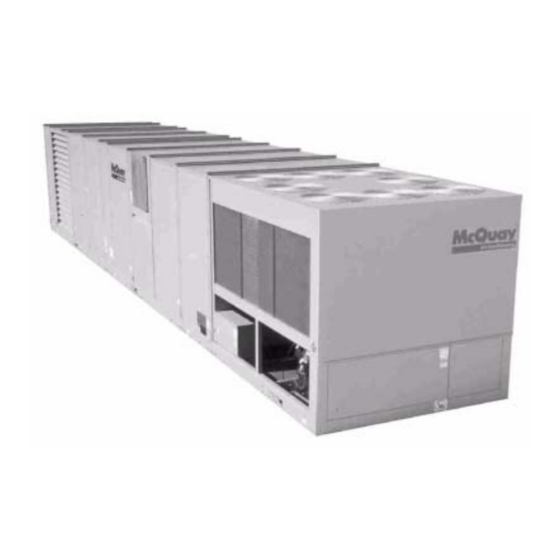RoofPak
Singlezone Roof Mounted
®
Heating and Cooling Units with Scroll Compressors
RPS/RDT/RFS/RCS 015-075C
© 2002 McQuay International
IM-738
Installation and Maintenance Manual
IM-738
Group: Applied Systems
Part Number: IM-738
Date: April 2002
Page 1



Need help?
Do you have a question about the RPS and is the answer not in the manual?
Questions and answers
I have a RPS018BA and engineer wants to know the weight of the unit
The weight of the McQuay RPS018BA unit is 2,388 lbs.
This answer is automatically generated
Serial: 38H00638-03 Model: RPS708BY How can i find the tonnage for this HVAC unit?
What is the weight of RPS040CLY McQuay
What is the weight and tonnage of the McQuay RPS036CLY system?